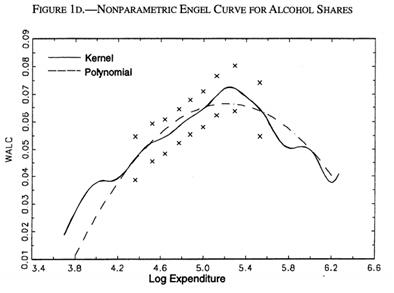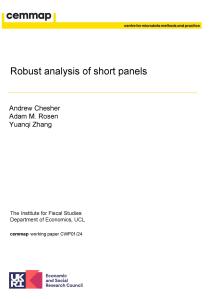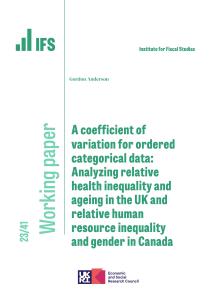This paper presents a model of consumer demand that is consistent with the observed expenditure patterns of individual consumers in a long time series of expenditure surveys and is also able to provide a detailed welfare analysis of shifts in relative prices. A nonparametric analysis of consumer expenditure patterns suggests that Engel curves require quadratic terms in the logarithm of expenditure. While popular models of demand such as the Translog or the Almost Ideal Demand Systems do allow flexible price responses within a theoretically coherent structure, they have expenditure share Engel curves that are linear in the logarithm of total expenditure. We derive the complete class of integrable quadratic logarithmic expenditure share systems. A specification from this class is estimated on a large pooled data set of U.K. households. Models that fail to account for Engel curvature are found to generate important distortions in the patterns of welfare losses associated with a tax increase.










